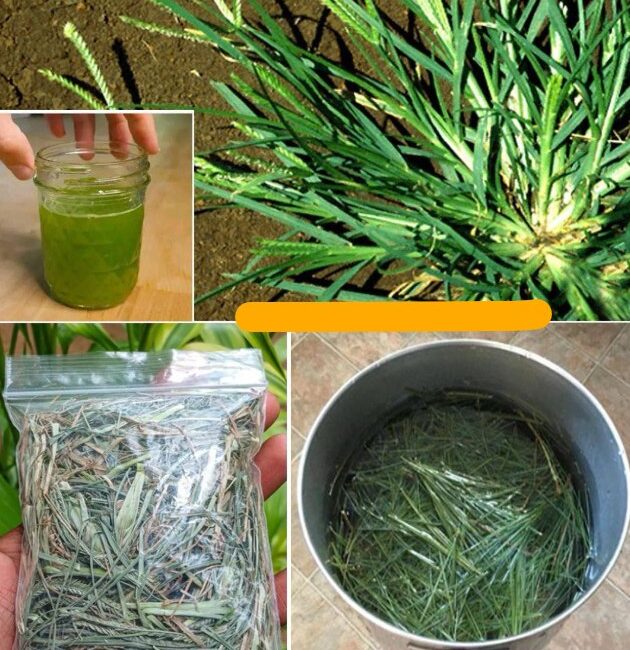4. Nutritional Profile of Dandelion
Dandelion leaves and roots boast a rich array of essential nutrients:
- Vitamins: A, C, and K
- Vitamin A supports vision and immune defense.
- Vitamin C enhances antioxidant protection and skin health.
- Vitamin K is vital for blood clotting and bone metabolism.
- Minerals: Calcium, Potassium, Iron
- Calcium strengthens bones and teeth.
- Potassium balances electrolytes, helping regulate blood pressure.
- Iron aids oxygen transport and prevents anemia.
- Dietary Fiber: Promotes healthy digestion and gut microbiome balance.
This potent nutritional profile makes dandelion a superfood to support overall wellness.
5. How to Safely Harvest and Prepare Dandelion
Harvesting Tips
- Choose dandelions growing away from roadsides or pesticide-treated areas.
- Harvest young leaves in early spring for milder flavor.
- Dig roots in fall or early spring when nutrient concentration is highest.
Cleaning and Preparing
- Rinse leaves and roots thoroughly under running water.
- For roots, scrub well to remove dirt.
- Dry leaves in shade if making tea or powders.
6. Popular Ways to Use Dandelion for Health
Dandelion Tea
The simplest and most popular way to enjoy dandelion’s benefits.
How to prepare:
- Chop fresh or dried leaves or roots.
- Boil water and steep for 10-15 minutes.
- Strain and drink warm.
- Optional: Add honey or lemon for taste.
Benefits include liver detox, inflammation reduction, and improved digestion.
Topical Applications: Salves and Balms
Dandelion’s anti-inflammatory and healing properties extend to skin care.
DIY oil infusion:
- Soak fresh dandelion flowers in olive oil for several weeks.
- Strain and store in a dark bottle.
- Apply to inflamed skin, insect bites, or sore muscles.
Culinary Uses: Salads, Soups, and Smoothies
Dandelion greens add a nutritious, slightly bitter punch to meals.
- Add young leaves to salads with lemon vinaigrette.
- Blend into smoothies with fruits for detoxifying effects.
- Use cooked leaves in soups and sautés as a spinach substitute.
7. Precautions and Safety Considerations
- Allergies: Some people may react to dandelion, especially if allergic to related plants like ragweed.
- Medication interactions: Dandelion can affect diuretics, lithium, and blood thinners; consult a healthcare provider if on medication.
- Pregnancy and breastfeeding: Generally considered safe but discuss with a doctor before use.
- Proper identification: Avoid confusion with toxic look-alikes; confirm with botanical guides.
8. Integrating Dandelion into Your Daily Routine
- Start with a cup of dandelion tea daily to support digestion and liver health.
- Incorporate fresh leaves in your meals 2-3 times per week.
- Use topical preparations to soothe skin issues or muscle pain as needed.
- Combine with other herbs like ginger and turmeric for synergistic effects.
By regularly including dandelion, you empower your body’s natural healing mechanisms with an age-old, time-tested remedy.
9. Conclusion: Unlocking the Full Potential of This Common Plant
Dandelion is far more than a lawn nuisance. It’s a botanical treasure trove loaded with detoxifying, anti-inflammatory, digestive, and antioxidant benefits. Rich in vitamins, minerals, and fiber, it supports immunity, bone health, cardiovascular function, and cellular protection.
Incorporating dandelion into your health routine through teas, culinary uses, or topical applications can profoundly improve your overall wellness. This powerful plant growing right under your feet truly deserves recognition as a natural, accessible, and effective healer.
Unlock the healing power of dandelion today and let this extraordinary herb transform your health from head to toe.




